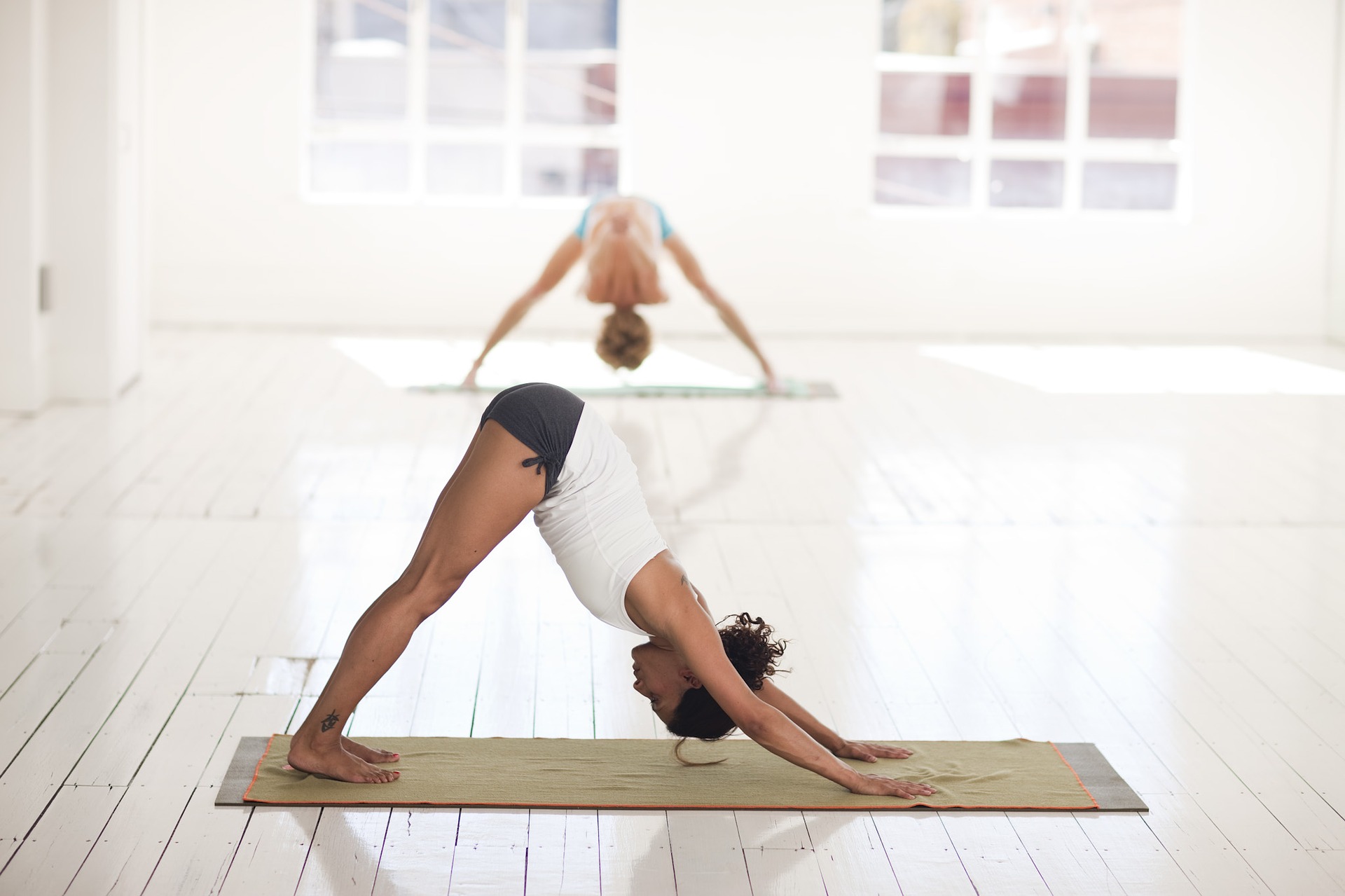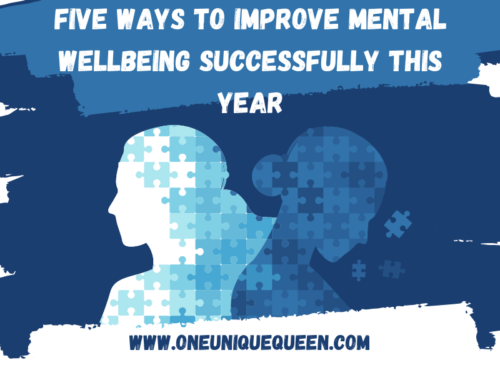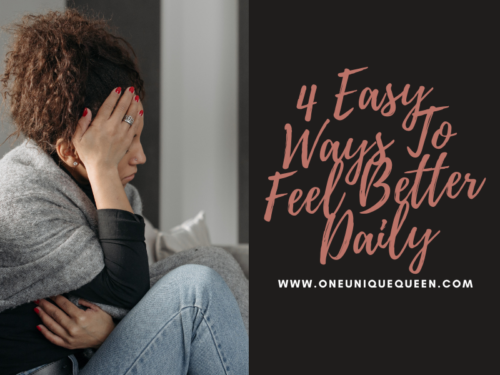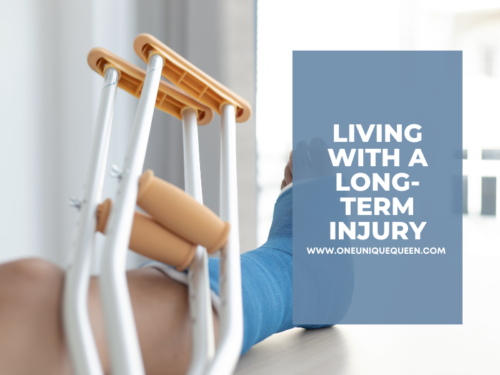


It’s an expected part of any exercise that we break down our muscles to help build them, stronger and more able to deal with the pressure we put on them. This causes what is called delayed onset muscle pain. However, if you feel like you’re in pain for too long, or the type of pain you’re experiencing isn’t natural muscle pain, it’s important to look at what might be causing it.

Aiding your successful recovery
A good recovery is just as important to your goals as a good exercise is. To ensure good recovery, you need to make sure your diet provides your body with the building blocks necessary to repair muscle and recover your lost energy stores. Furthermore, you should be stretching before and after exercise to help your muscles gain the flexibility they need to not pull and to not get caught in knots when your body starts to cool down. Plan for recovery periods, as well. Take a day off after a particularly hard exercise session.
Know your limits
If you’re aiming to get the body that you want, then you are going to need to push yourself outside of your comfort zone, physically. However, it’s important to know your limits and to stop when you’re approaching them. If you have a week of hard exercise, then next week should be a little lighter, aiming to help you recover while staying active. Similarly, if muscles start to feel like they’re tightening too much when working out, stop and take a break.
Take care of your back and joints
If your exercises are making your back or your joints, such as your knees or elbows, hurt, then that should be a cause for concern. These aren’t parts of your body that experience DOMS. Instead, seeking therapy from someone like a chiropractor can help you relieve inflammation and help you adjust your posture. Low impact exercises can help you go easy on your joints while they recover, and losing weight will naturally decrease the pressure that is put on them.
Know which issues are common in your chosen exercise
Doing anything too hard or too much can put stress on particular parts of the body, leading to a higher probability of experiencing certain injuries. Get to know the injuries that are most common with the kind of exercise you’re doing and see what you can do to reduce your chances of them. For instance, if you’re a runner, then you are at a higher risk of experience plantar fasciitis, a painful condition in the foot. You can reduce your risk of this particular injury by wearing better-supporting shoes that stabilize your feet and by ensuring proper running form to better distribute your weight.
It’s important to identify the causes of pain after exercise, to understand whether they’re natural, or whether you should be looking at changing your approach. Changing your routine, getting a little outside help, and making sure your body has the building blocks it needs to recover smoothly are all vital.
How do you deal with a sore body after you exercise? Let me know in the comments below!











COMMENTS MAKE ME HAPPY!